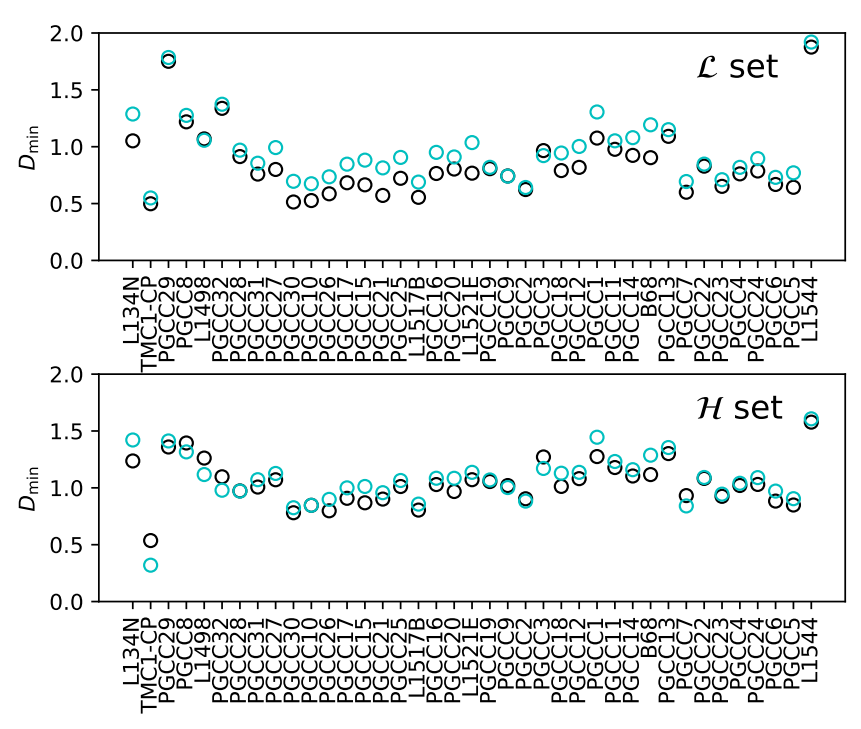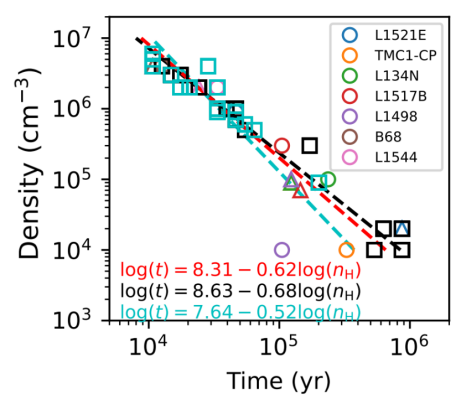

Researchers reveal significant role of interstellar PAHs in molecular clouds
Polycyclic aromatic hydrocarbons (PAHs) are important carriers of organic matter in the universe. They, as organic molecules, not only play a central role in interstellar chemistry but are also closely related to the origin of prebiotic molecules. Molecular clouds, as early stages of star formation, provide a cold and dark physical environment that facilitates the formation of complex molecules on interstellar dust ices.
Over 100 molecular species have been observed in the typical molecular cloud TMC-1, providing observational constraints for studying the chemical influence of PAHs. Researchers focused on the single source TMC-1 indicates that the inclusion of PAHs plays a positive role in explaining the observed molecular abundances. Therefore, studying the chemical behavior of PAHs in molecular clouds at different evolutionary stages is crucial for a comprehensive understanding of their role in the formation of life-related molecules
Recently, Dr. GE Jixing from the astrochemistry research group at the Xinjiang Astronomical Observatory (XAO) of Chinese Academy of Sciences and his collaborators have made new progress in the study of polycyclic aromatic hydrocarbons (PAHs) in molecular clouds.
The researchers collected and compiled 39 molecular cloud samples with rich observational molecular species, and they constructed an astrochemical model incorporating PAHs, and systematically investigated the role of PAHs at different evolutionary stages of molecular clouds by comparing and analyzing the observed molecular abundances with the model results.
The findings indicate that the model incorporating PAHs can improve the agreement with observed molecular abundances in most of the molecular cloud samples to some extent (Figure 1). The inclusion of PAHs has a minimal impact on the best fitted chemical ages (Figure 2). In addition, the study established the applicable scope of the best fitted chemical ages for estimating the kinematic ages of molecular clouds.
Furthermore, the research provided a list of molecules that can indicate the presence of PAHs in molecular clouds, offering important scientific basis and predictions for future observations. The related findings have been published in Astronomy & Astrophysics(A&A,2025, 702, A153).

Figure 1:The agreements between model and the sample。Black--without PAHs;cyan- with PAHs. The upper and lower panels are for the models with low (L) and high (H) metal initial abundances to the models respectively.
Figure 2:The correlation between the fitted chemical age and gas density by fitting the sample. The black, cyan and red dashed lines are for the fitted results from the models without, with PAHs and the combined sample of the former two.
Attachment Download: